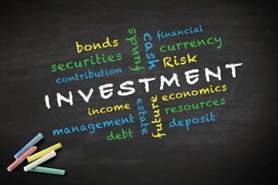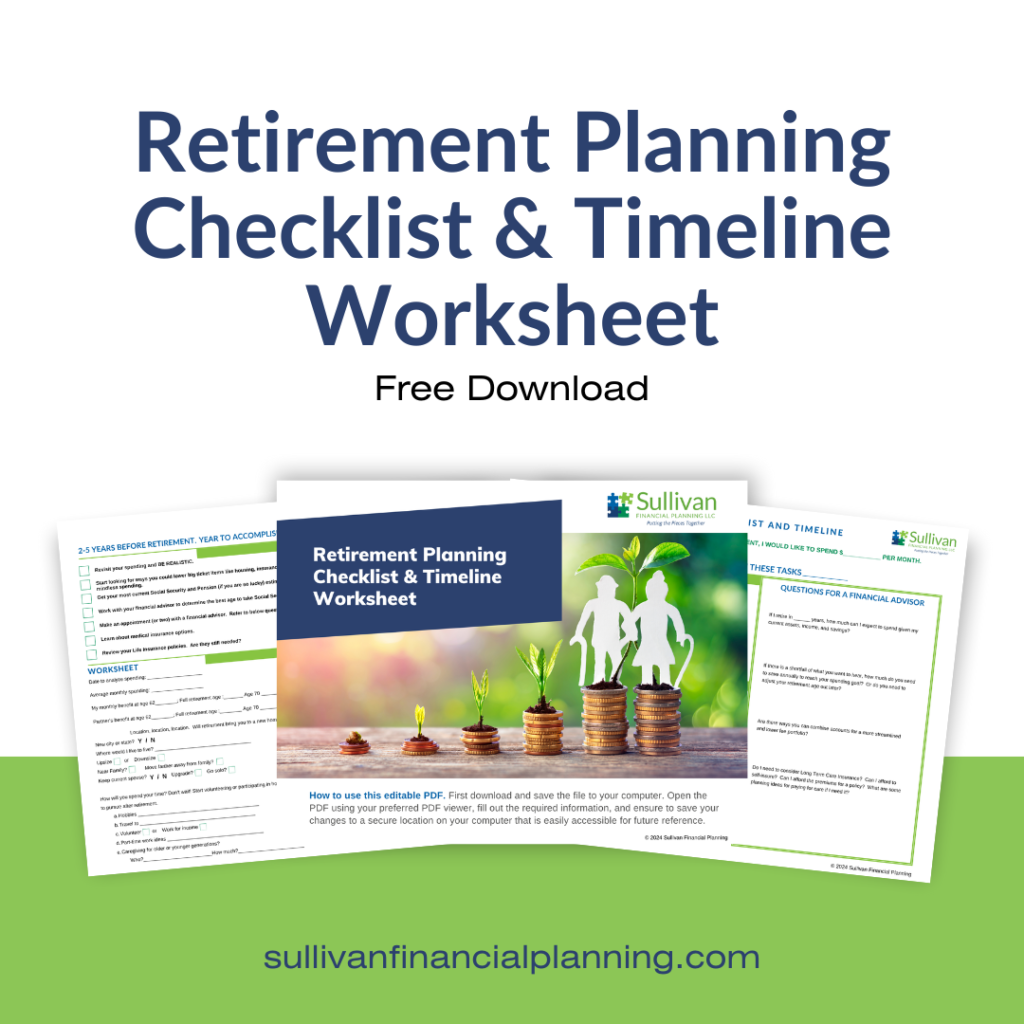Bonds do go up and down in price. One reason can be because of changes in interest rates. Let’s return to Kristi’s Ranger Cookie Food Truck.
You’ve bought a $5,000 bond from me that matures in 5 years. My business is going well and I’m paying your 5% interest every year as promised. But, let’s say that you have a cash crisis in Year 3 and you need your $5,000 back.
Well, our arrangement is that you get your $5,000 back at the end of the 5 years and I am not prepared to pay you early. What’s your option? To sell your bond to someone else, get the $5,000 from them and you no longer get the interest payment. Your bond buyer gets the next 2 years’ interest and the principal back from me.
But, let’s say in the 3 years since you’ve bought the bond, interest rates for new risky bonds (called “junk bonds” or “high yield bonds”) has gone up to 7%. Buyers of bonds aren’t going to pay full price for a 5% bond when they can get a 7% bond for the same price. So, you will need to discount the price of your bond to make up the difference in interest a buyer will give up. In this example, you may sell your bond for $4,500 and the buyer will then get the original $5,000 principal back from me at the end of Year 5.
On the other hand, if new risky (high yield, junk) bonds are selling for 3% interest, you might be able to sell your 5% bond for higher than the original $5,000 price. This is called selling at a premium. So, your buyer would pay you $5,500 for the bond, get the higher-than-current-market 5% for the next 2 years, then receive the original $5,000 principal back from me at the end of Year 5.
If you don’t need to sell the bond before maturity, you don’t need to worry about interest rates rising or falling during the years you own the bond. You paid $5,000 and you will get $5,000 back from me at the end of 5 years.
Stay Informed and Educated! Click Here to Subscribe to the SFP Blog



